Yamagata is a city in northern Japan. In the center, Kajo Park contains the ruins of Yamagata castle and is known for its cherry blossoms.
Yamagata is a city in northern Japan. In the center, Kajo Park contains the ruins of Yamagata castle and is known for its cherry blossoms. Northeast of the city, a large staircase leads to Mount Hojusan in the Yamadera Temple complex. The Godaido observation deck of the temple offers panoramic views. Nearby, the Yamadera Basho Museum is dedicated to the 17th-century Basho poet who was inspired by his visit to the area.
1. Yamadera Basho Museum
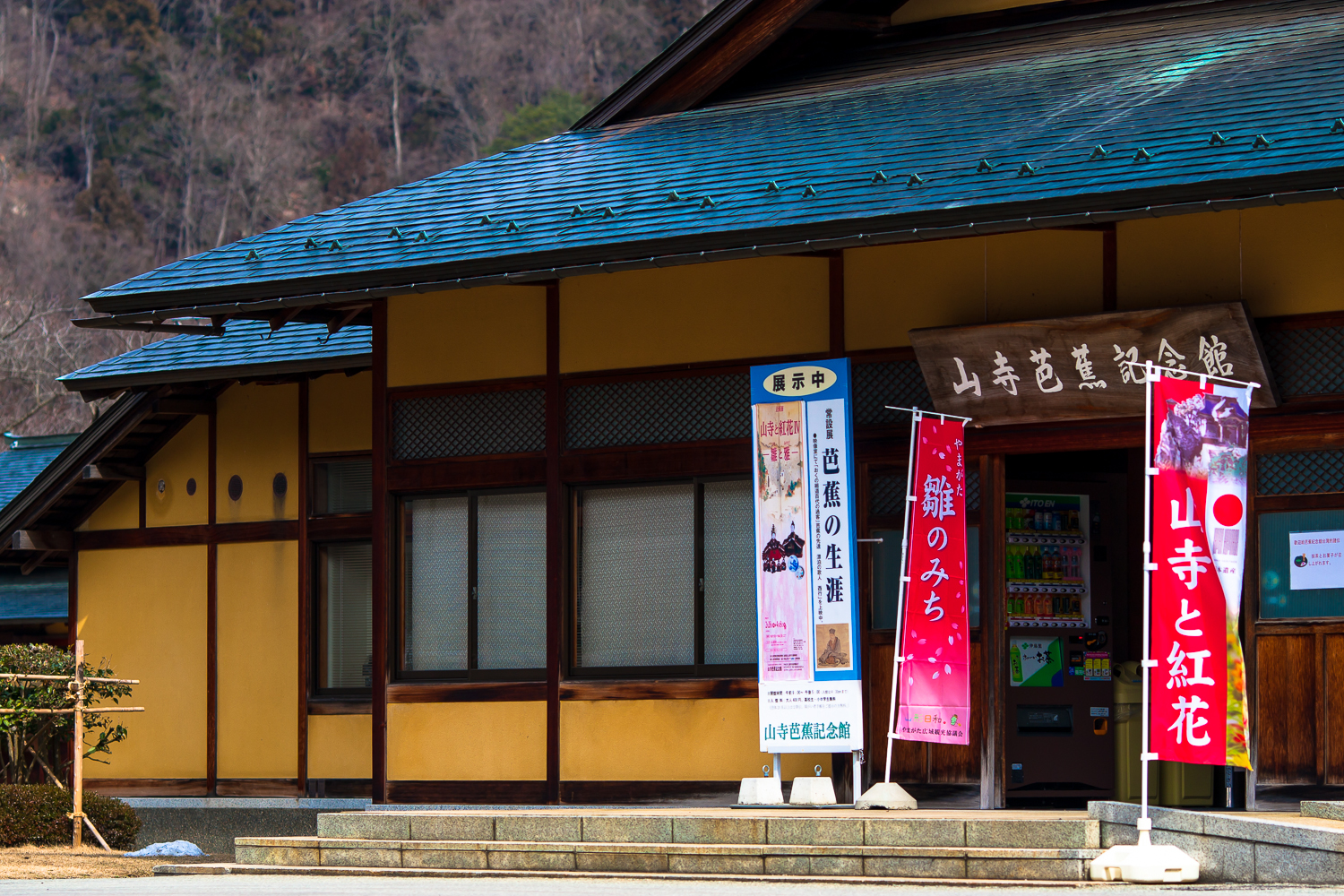
The Yamadera Basho Memorial Museum was established in 1989 as part of the cultural building boom in Yamagata celebrating the 100-year anniversary of the founding of the city. Located about 20 minutes by train from Yamagata Station, it sits on the south side of the steep river valley facing Yamadera to the north, the historic temple founded in 860 which is one of the area’s most beloved sacred sites and top sightseeing destinations. The Museum focuses on the life of Matsuo Bashō who perfected the art of haiku, the concise 5-7-5 syllable verse form now appreciated and written around the world.
2. Kajo Park
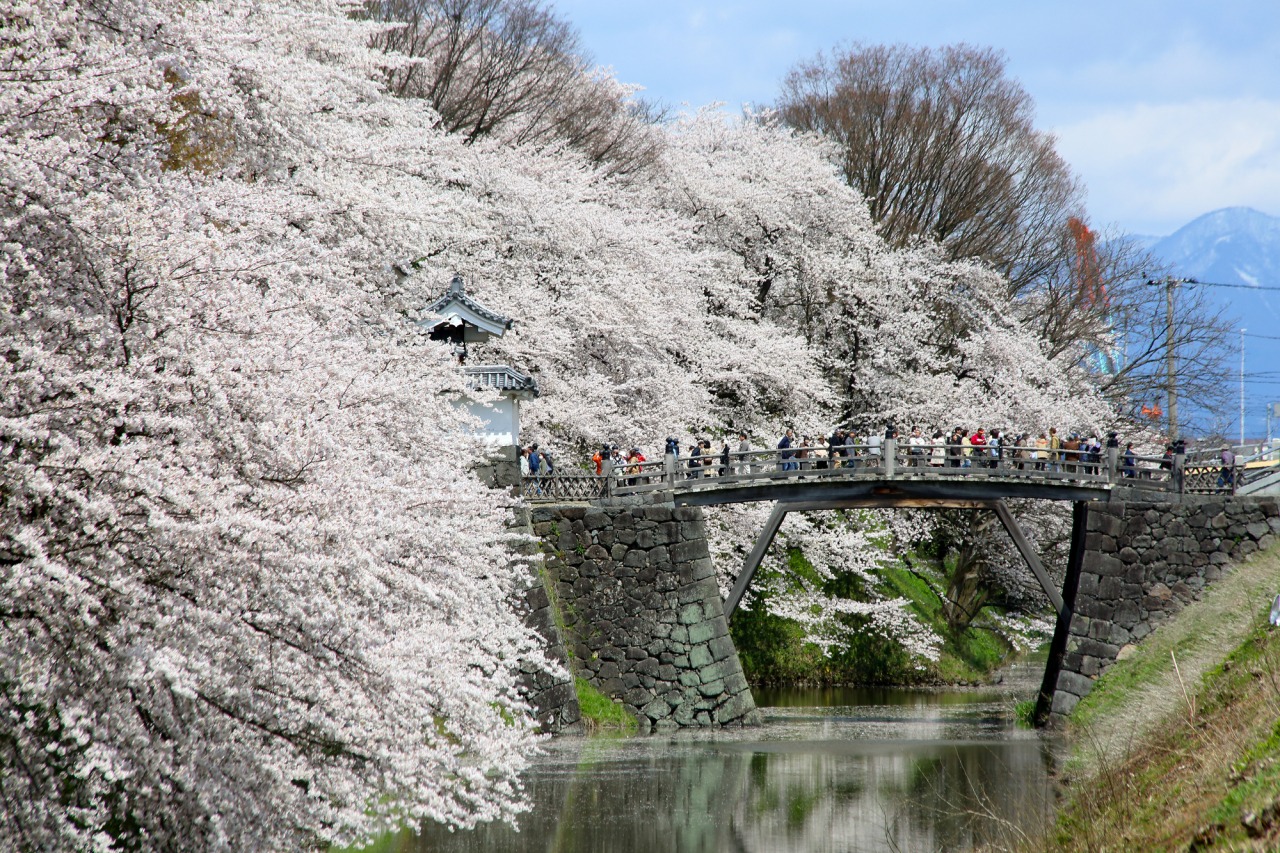
Yamagata Castle was constructed in 1592 by Yoshiaki Mogami, one of Tohoku’s prominent feudal lords of Japan’s Civil War period. It is recognized as one of Japan’s top 100 castles. Located in the center of Yamagata city, the castle grounds were opened to the public as Kajo Park after World War Two. In recent years excavations and restorative works have been taking place. Visitors can enjoy the historic castle’s beauty in some of the reconstructed buildings including the main gates which were reassembled in 2018.
3. Hojuzan Risshaku Temple
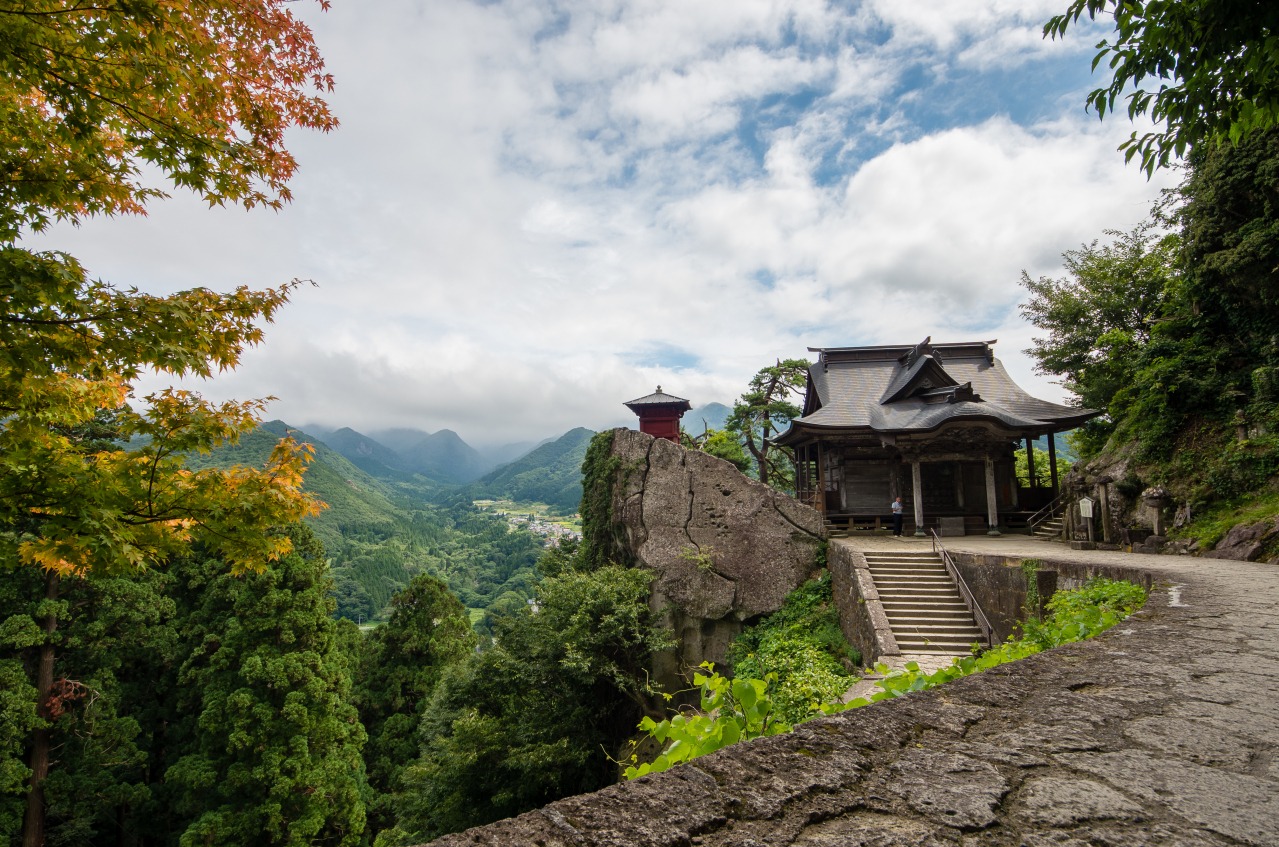
Yama-dera, is about a twenty-minute train ride northeast of Yamagata City, in Yamagata Prefecture, Japan. The temple is a nationally designated Place of Scenic Beauty and Historic Site. The area is named after the common name of the temple of Risshaku-ji, founded in 860 AD by the priest Ennin, who is better known in Japan by his posthumous name, Jikaku Daishi. In 847 he returned to Japan from China and in 854 he became the chief priest of the Tendai sect at Enryaku-ji. Risshaku-ji was founded as a branch temple of Enryaku-ji on Mt. Hiei near Kyoto. Even today the ritual fires brought from Enryaku-ji are still burning in the main temple.
4. Mount Zaō
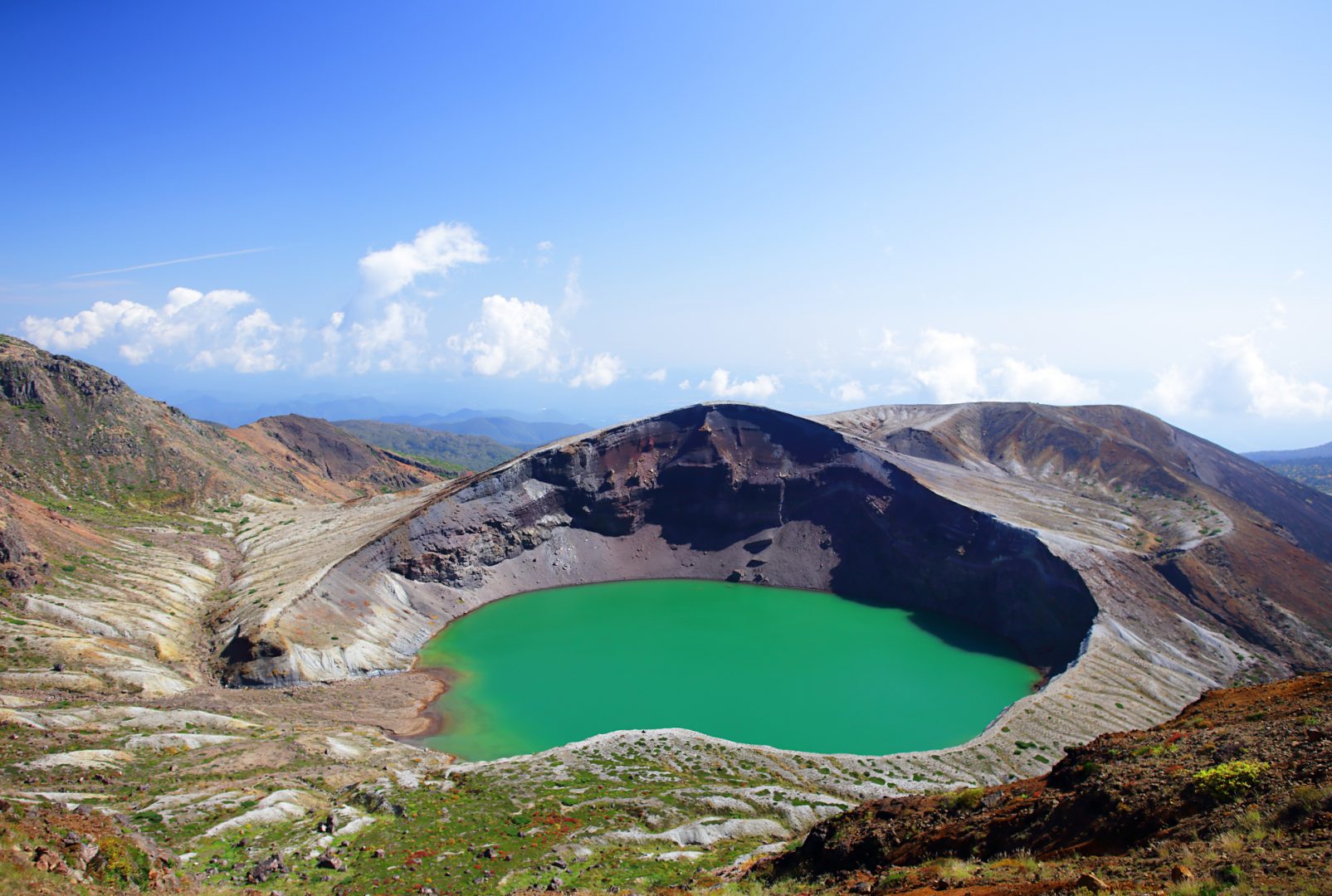
Mount Zaō is a complex volcano on the border between Yamagata Prefecture and Miyagi Prefecture in Japan. It consists of a cluster of stratovolcanoes and is the most active volcano in northern Honshu. The central volcano of the group includes several lava domes and a tuff cone, Goshiki-dake, which contains a crater lake named “Okama”. Also known as the “Five Color Pond” because it changes color depending on the weather, it lies in a crater formed by a volcanic eruption in the 1720s. The lake is 360 meters in diameter and 60 m deep and is one of the main tourist attractions in the area.
5. Zao Sanroku Station
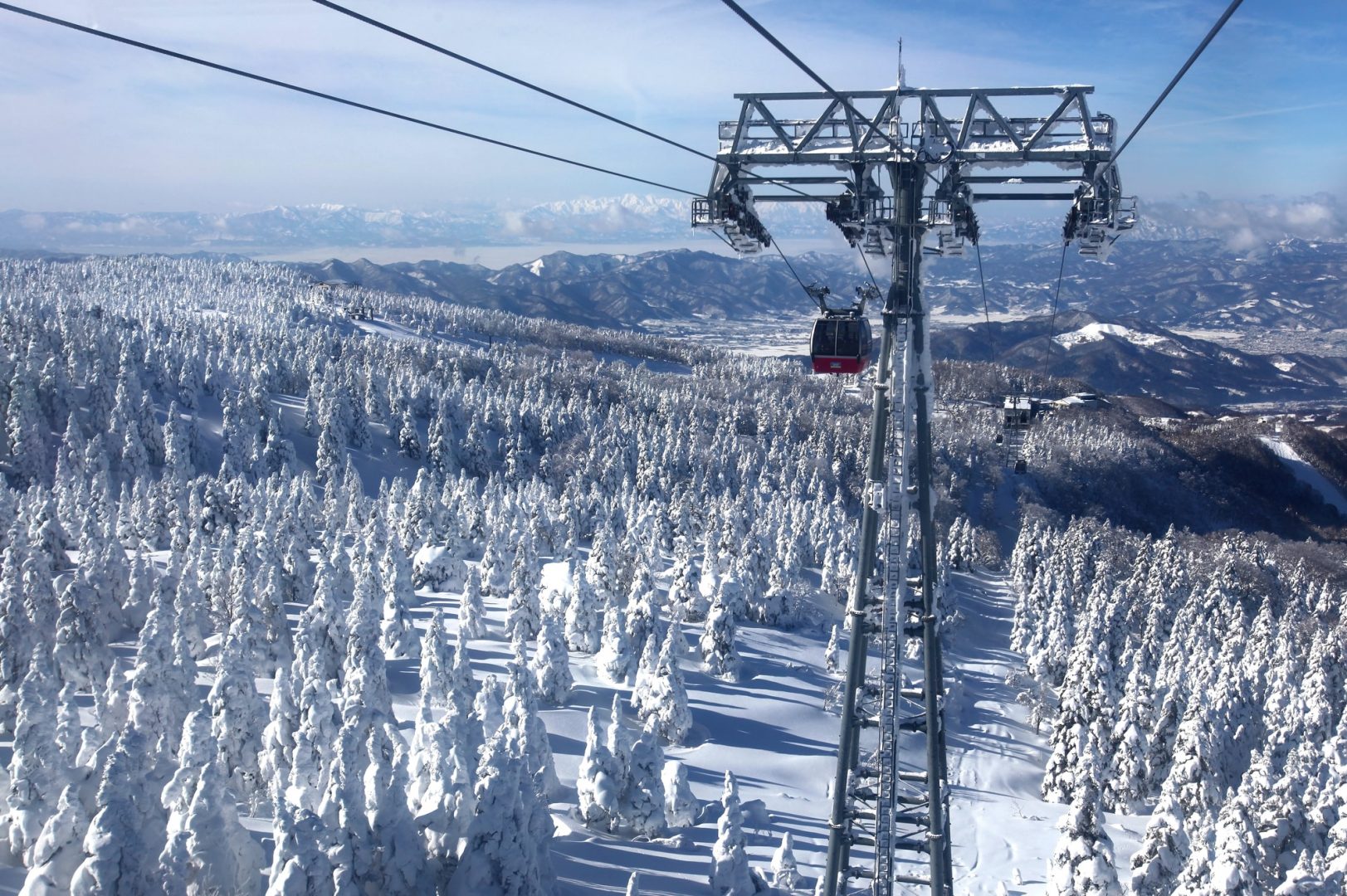
The Zaō Ropeway is the name of the Japanese aerial lift system, as well as its operator. The route, consisting of two lines, climbs Mount Zaō at Zaō Onsen, Yamagata, Yamagata. The lines transport skiers of Yamagata Zao Onsen Ski Resort and rime spectators in winter, tourists and mountain climbers in summer. Sanroku Line is an aerial tramway between Zaō-Sanroku and Juhyō-Kōgen, the cable length 1,734 meters. Sanchō Line is a funitel gondola lift between Juhyō-Kōgen and Zaō-Jizō-Sanchō, the length 1,872 m. Refurbished in 2003, Sanchō Line is the third funitel line to be introduced in Japan, or the first for Japanese ski resorts.
